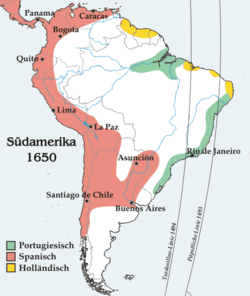The Low Countries, such as Flanders, did not have as much land to give over to grass instead of other human-based edibles, but they became excellent weavers whose textiles were in demand all over Europe. They needed the raw material, however, and England was an excellent source.
Wool as in such demand that it became the backbone of the English economy from the second half of the 13th century to the second half of the 15th. Everyone kept sheep for this purpose. Abbeys and monasteries often had large tracts of land given to them, and they became major sources of raw wool.
Wool was so popular a commodity that Edward I (1239 - 1307) realized it was a source of revenue for the crown as well. He instituted a tax on every bale and bag of raw wool that went out of the country. The beauty of taxation for the historian is that it means records are kept, so we know a lot about how much wool was exported. From 1281 to 1300, about 26,000 sacks of wool. How much was that, really? The English "sack," used for wool and coal, equalled 224 pounds. That equates to about 2900 tons of wool annually. In the first couple decades of the 1300s, the annual output averaged 35-40,000 sacks.
Edward III (1312 - 1377) needed a lot of revenue to manage expenses during the Hundred Years War, and raised the tax on wool. He promoted the wool trade by establishing the Woolsack, a large cushion of wool on which the presiding officer of the House of Lords sat.
Edward would make decisions that ultimately lessened the value of wool for his economy. He invited weavers from Flanders to relocate to England. Perhaps he though he could bring another source of revenue closer to home. His high taxes, however, started to discourage people from sending wool abroad, and they started making their own woolen cloth. An influx of skilled Flemish weavers meant less raw wool leaving the country to be taxed. The annual export started decreasing in the final years of his reign, and dropped below 20,000 sacks in the decade following. From 1400 to 1430, it didn't exceed 15,000 sacks, and after 1430 it fell below 10,000.
There was another reason: quality. English wool reigned supreme for generations, but experiments in cross-breeding in the Iberian Peninsula produced something else: Merino wool. The best guesses are Spanish ewes being bred with English and North African rams in the 12th and 13th centuries, and then increased stock over the years, produced a much finer wool that became all the rage for cloth. You can learn more about it in this post.
This web article opened with the following:
Wool as a raw material has been widely available since the domestication of sheep. Even before shears were invented, wool would have been harvested using a comb or just plucked out by hand.
I thought the second sentence was pretty superfluous, but then I asked myself: "Well, when did shears come into the picture?" So I did some looking, and now I know, which I will shear...excuse me, share tomorrow.













